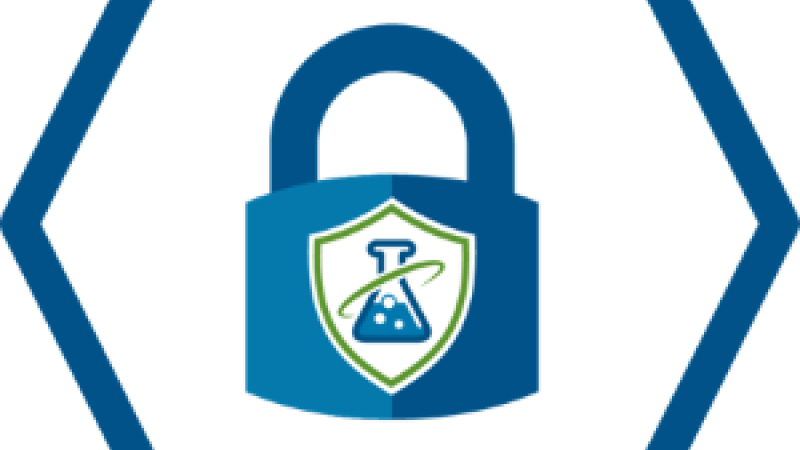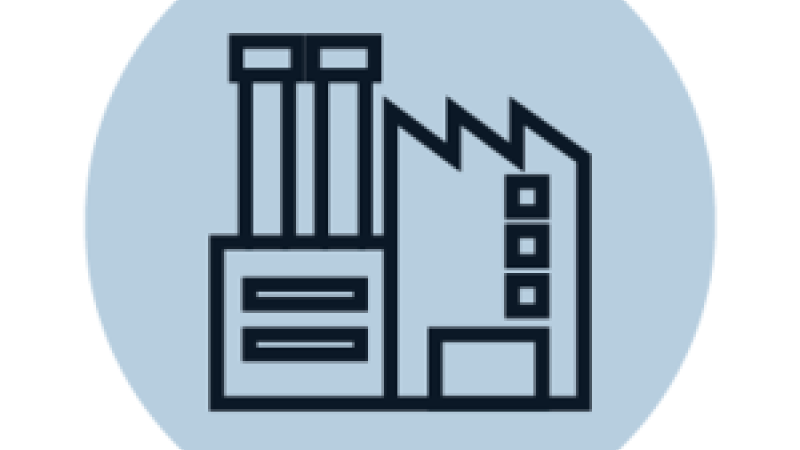ChemLock: Delay Security Goal
The ChemLock program encourages facilities with dangerous chemicals to develop a holistic, customized, site-specific security plan that mitigates risk and enhances chemical security at the facility. To assist your facility in developing a security plan, the ChemLock program presents five security goals to consider as you evaluate and implement security measures tailored to your facility’s unique circumstances and business model. This is an overview of the delay security goal.
Delay Security Goal

Delay security measures include physically limiting access to your facility or assets to reduce the likelihood of an adversary successfully breaching the perimeter or assets and allowing sufficient time to initiate a response to the attack. Thus, layers of detection, deterrence, and delay measures are inherently linked and complement one another.
Examples of Delay Security Measures
Delay security measures include perimeter and asset barriers, physical locking mechanisms, access control, inspections, screenings, and know-your-customer programs. Additional delay measures can include natural features, such as forested areas, water barriers, and large open areas covered by cameras.
While such obstacles are unlikely to fully stop an intruder, a delay security measure’s true purpose is to deter intruders from attempting to enter your facility or delay them for enough time that response personnel can arrive. Delay security measures should be used in combination with detection measures designed to alert your facility to a potential attack.
- Perimeter and Asset Barriers. Perimeter and asset barriers provide both physical obstacles and psychological deterrents to unauthorized entry. Barriers can include fences, walls, gates, bollards (concrete or steel barriers designed to prevent vehicle access), berms, ditches, and jersey barriers.
- Physical Locking Mechanisms. Physically limiting access to your chemicals can reduce the likelihood of unauthorized access. Use one or more types of locking mechanisms at entry points and/or critical assets, including locksets, deadbolts, magnetic locks, padlocks, mortise locks, and/or cylinder locks.
- Access Controls. Access controls better prevent unauthorized access to your facility or its restricted areas and are more likely to deter and detect unauthorized access. Access control measures can include a personnel identification program, visitor policies, perimeter restrictions, and/or an electronic access control system.
- Inspections and Screenings. Through identification, screening, and inspection, your facility will be better able to prevent unauthorized access to the facility and more likely to deter and detect unauthorized introduction or removal of substances and devices. These measures can include personnel identification, inspections of hand-carried items, vehicle identification, and vehicle inspections.
- Shipping and Receiving Procedures. Shipping and receiving procedures ensure proper handling and receipt of chemicals. Developing an established know-your-customer program or similar practice ensures that customers purchasing dangerous chemicals are properly vetted. Elements of a know-your-customer program include verifying a customer’s identity, business location, financial status, and chemical end use.
Considerations for Delay
When implementing elements of delay into a security plan, your facility should account for multiple delay security measures in keeping with your facility’s operational constraints and business needs. For example, delay measures may be different for a large chemical tank that could be tampered with to cause a toxic release than for a small container of an explosive precursor chemical that a nefarious actor would want to steal or divert.
When considering delay measures, be sure to account for different threats as well. Some delay measures may be highly effective against some attacks, but not against others. For example, a chain link fence and gate may be sufficient to restrict individuals on foot from accessing your chemicals but may not be strong enough by itself to withstand a vehicle ramming incident.
You will also want to consider how your facility’s operational processes may contribute to the type of delay measures implemented. For example, a retail facility with customers walking around may not be able to restrict access to certain critical assets as readily as a manufacturing facility where only authorized individuals can access certain areas. You should also consider whether the goal of the security plan is to protect a particular asset, the entire facility, or a combination of both.
Building on the ChemLock security goals, the ChemLock program also provides information to help facilities think through a variety of chemical security topics to ensure that your facility security plan is holistic and comprehensive.

Additional Chemical Security Considerations
Next Steps
Here are some questions you can use to evaluate your facility’s delay security measures:
- What type of barriers would be best for the perimeter and assets at your facility?
- Where would physical locking mechanisms be ideal for entryway or asset security?
- Where would access control be ideal to restrict access to only authorized individuals?
- Are inspections, screenings, and identification at your facility sufficient?
- What shipping and receiving procedures are in place to ensure proper tracking of chemicals?
- How do layers of detection, deterrence, and delay complement one another at your facility?
ChemLock Security Goals
Learn more about the other ChemLock security goals.

ChemLock Security Goals

ChemLock: Detection Security Goal

ChemLock: Response Security Goal

ChemLock: Policies, Plans, and Procedures Security Goal

ChemLock Security Plan
To help facilities use the ChemLock security goals to develop a security plan or evaluate an existing plan, CISA has a guidance document and security plan template that facilities can download and customize for their facility.
ChemLock Services and Tools
Not sure where to start? CISA has security experts across the country that can come to your facility to help you evaluate whether your current security measures adequately address these security goals.
If you want to learn more about these security goals, ChemLock provides training that will walk you through them in greater detail so that you can build a facility security plan tailored for your facility.
To request any of these ChemLock services, please fill out the ChemLock Services Request Form.

ChemLock On-Site Assessments and Assistance

ChemLock Training
Contact Information
For more information or questions, please email ChemLock@cisa.dhs.gov.




